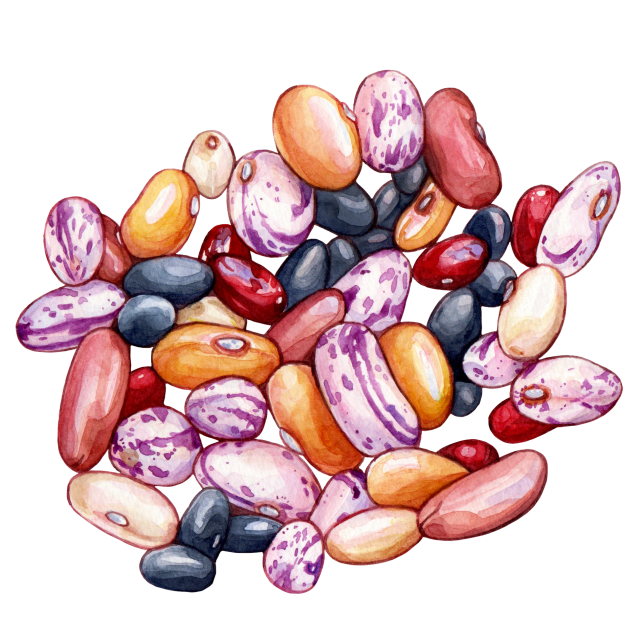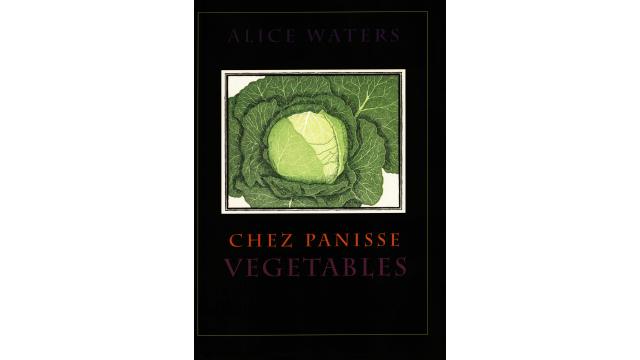Pea

Latin name: Pisum sativum
Uses: vegetable, legume, flour, milk, animal feed
What are peas?
These members of the legume family are an iconic and much-loved staple worldwide, whether dried and cooked into soup, stir-fried right in their pods, or sharing plate space with cubed carrots.
Why are peas healthy?
Peas in all their forms — shell, snow, snap, and split — are rich in protein, fiber, vitamin K, manganese, and antioxidants that can help protect against chronic disease. Peas of all varieties are known to support a healthy weight, improve digestion, and help manage blood sugars. Additionally, some compounds in peas may be cancer protective.
What do peas taste like?
Though they’re all slightly sweet, one of the joys of peas is their versatility. Fresh and frozen shelled peas are vegetal and green (thanks to pyrazine); field peas and split peas (yellow and green) are nutty and earthy; fresh pods and shoots are crisp and grassy, with subtle pea flavor.
How do I use peas?
First off, avoid canned peas. They’re soggy and gross, and there’s no reason to use them when vastly superior frozen peas are so widely available. Cooking peas will bring out their natural sweetness, but use a light hand or you’ll sacrifice their lovely texture.
What do peas pair well with?
In general, peas are best with other springtime foods. A traditional sight at the Easter table, peas like butter, fresh mint, and garlic scapes, love a creamy béchamel and spring onions, and are wonderful with spring greens and asparagus. Peas provide a beautiful pop of color and texture in chunky cream soups and stews. Snow peas, sugar snap peas (in their pods), and pea shoots are all great stir-fried with Shaoxing wine-spiked garlic sauce, or in egg fried rice.
In India, peas are added to fried potatoes (aloo mattar), paneer cheese and rich tomato curry (mattar paneer), and even paratha and roti to eat for breakfast. Split peas can be used in similar ways to red or yellow lentils — simmer them into silky stews and curries and don’t be afraid to go heavy on the seasoning.
Field peas, though also dried, typically have their hulls attached so they maintain their structure after cooking like a bean. In the American South they’re usually cooked with a ham hock, but feel free to sub in smoked paprika and a little molasses to get a meatless punch of flavor.
Where do peas grow?
The wild ancestors of modern peas originated around the Mediterranean, but today the top producers are Canada, Russia, and and China. Garden peas were invented in early modern Europe and flourished as a luxury item.
Peas are an early spring crop that prefer cooler temperatures and moist soils. Sow seed in late winter and give them a trellis to climb, and (in temperate regions) you’ll have fresh peas well into summer.
How to buy peas:
Pea pods should be brightly colored and shiny. Keep them in the fridge for up to a week.
Fun pea fact:
Everyone who’s taken a high school biology class learned about science-monk Gregor Mendel, famous for discovering genetics by breeding roughly 28,000 pea plants. It would have been nice if he’d provided a recipe or two for all those peas, but whatever.





